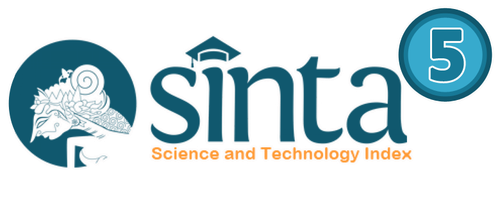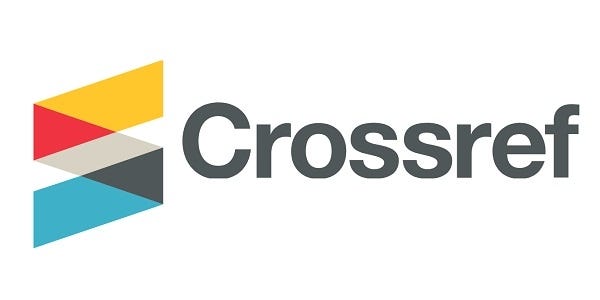THE REALIZATION OF SEMANTIC MAPPING STRATEGY IN READING OF ENGLISH FOR FOREIGN LANGUAGE CLASS IN SMK BARDAN WASALAMAN BATANG
DOI:
https://doi.org/10.47080/jeltl.v5i2.2120Keywords:
Semantic Mapping Strategy, Reading Comprehension, Foreign Language.Abstract
The purpose of this study is to gain a better understanding of the effectiveness of Semantic Mapping strategies in teaching reading comprehension in second grade students of SMK Bardan Wasalaman Batang. The research question is whether Semantic Mapping strategies are effective in Reading of English for Foreign language Class. Forty-two eleventh grade of in SMK Bardan Wasalaman Batang was chosen as a subject and divided equally into two groups; one group is the experimental group and the other is the control group. There are several procedures carried out in data collection to answer research questions; first, a pre-test is given before the experiment is performed to ascertain whether there are no significant differences in English proficiency in the two subject groups of lesson. Subjects are required to complete a reading comprehension test consisting of forty-five multiple-choice tests within ninety minutes. Second, after the experiment, a post-test was carried out using the same test for the pre-test. Finally, the t-test was used to determine whether there were significant differences in the achievement of reading comprehension between the two groups. The data showed that there were significant differences in the achievement of reading comprehension between the experimental groups - treated with Semantic Mapping strategies and the control group taught with KWL strategy. It means that the Semantic Mapping Strategy is more effective than KWL Strategy. The data indicate that there is significant difference in reading comprehension achievement between the experimental group - treated and Semantic Mapping strategy, and the control group taught with KWL strategy. It means that Semantic Mapping Strategy is more effective than KWL Strategy.
Downloads
References
Arikunto, S. (2019). Prosedur Penelitian: Suatu Pendekatan Praktik. Jakarta: PT Rineka Cipta.
Dilek, Y., & Yürük, N. (2013). Using Semantic Mapping Technique in Vocabulary Teaching at Pre-Intermediate Level. Procedia – Social and Behavioral Sciences, 70 (0), 1531 – 1544.
Gaut, R. (2002). Semantic Mapping Technique. New York: Prentice Hall.
Hart, S. (2017). Expand Your English: A Guide to Improving Your Academic Vocabulary. Pokfulam Road: Hong Kong University Press.
Khoii, R, and Sharififar, S. (2013). Memorization Versus Semantic in Second Language Vocabulary Acquisition. ELT (2).
Novikov, A. M & Dmitry, A. N. (2013). Research Methodology: From Philosophy of Sience to Research Design. New York: CRC Press.
Pruzan, P. (2016). Research Methodology: The Aims, Practices and Ethics of Science Copenhagen: Springer.
Wang, I. S. (2018). Learning Vocabulary Strategically in a Study Abroad Context. Tianjin: Palgrave Macmillan







